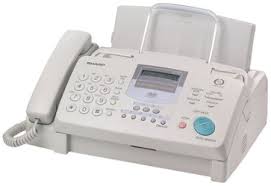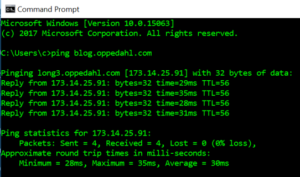 Many readers may have followed with interest the news of a recently discovered triceratops fossil. I note that the dinosaur was found about seven miles east of the Westminster, Colorado office of Oppedahl Patent Law Firm LLC.
Many readers may have followed with interest the news of a recently discovered triceratops fossil. I note that the dinosaur was found about seven miles east of the Westminster, Colorado office of Oppedahl Patent Law Firm LLC.
So far as I am aware there is no connection between these places other than mere geographic proximity.

 A couple of weeks ago I had the great honor to visit at WIPO with the heads of some of the PCT processing teams. These are the people at the International Bureau who interact with callers (applicants and patent practitioners) who have questions and problems relating to PCT. One of the things that they mentioned to me, that I found puzzling when I first heard it, is that in recent months they have received ever-increasing numbers of complaints from people who call to report that they try to send faxes to the International Bureau and are unable to do so. Upon reflection I now realize the likely cause of this problem. And it is definitely not that there is some recent malfunction in WIPO’s fax machines.
A couple of weeks ago I had the great honor to visit at WIPO with the heads of some of the PCT processing teams. These are the people at the International Bureau who interact with callers (applicants and patent practitioners) who have questions and problems relating to PCT. One of the things that they mentioned to me, that I found puzzling when I first heard it, is that in recent months they have received ever-increasing numbers of complaints from people who call to report that they try to send faxes to the International Bureau and are unable to do so. Upon reflection I now realize the likely cause of this problem. And it is definitely not that there is some recent malfunction in WIPO’s fax machines. We are all accustomed to using “ping” as a way to test Internet connectivity and to measure the latency of an Internet connection. This post talks about a similar function for telephones, a function that can be very helpful in testing the configuration of a VOIP (voice over IP) telephone.
We are all accustomed to using “ping” as a way to test Internet connectivity and to measure the latency of an Internet connection. This post talks about a similar function for telephones, a function that can be very helpful in testing the configuration of a VOIP (voice over IP) telephone.  Readers will recall (perhaps from
Readers will recall (perhaps from 
